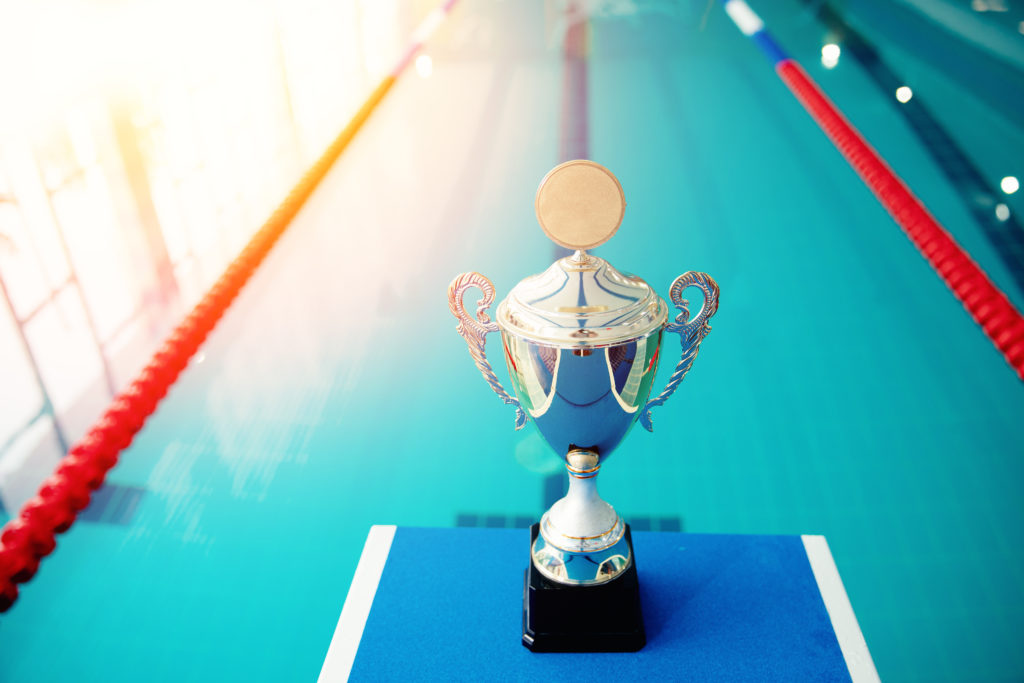Pool fitness: Different strokes for aquatic folks
- April 29, 2011
- Pool Industry News and Tips,

(Reuters Life!) – Young or old, active or aching, just about everyone can buoy their workout by plunging into the pool, fitness experts say.
But whether you’re swimming laps or pedaling inside an inner tube, there’s more to aquatic fitness than just splashing around.
“Swimming is just a great overall fitness activity. You’re using all your muscle groups, balancing your body in that environment,” said Dr. Barbara Bushman, an expert with the American College of Sports Medicine.
Even at the shallow end aquatic exercises can improve balance in older people and help anyone with joint or orthopedic problems to stay fit.
“Anytime you’re in the water you can basically unweight the body,” Bushman explained. “There’s the support of fluid around you.”
Bushman, a professor at Missouri State University who describes herself as a runner forced into the pool by a stress fracture of the tibia, admits she is not a good swimmer.
“The only thing my doctor cleared me for was deep water running. The deeper the submergence, the greater the resistance,” she explained.
“In the pool you have to focus on good form. My form actually improved.”
Attention to form is just as important if you’re swimming for fitness.
“Take a few lessons so you can sustain that 20 to 30 minutes of aerobic activity you need, Bushman advises, “and learn different strokes for interval training and variety.”
As group fitness manager at Equinox in New York, Mark Hendricks oversees the gym’s Aqua Fitness classes, where, he says, 75 to 80 percent of the attendees are over 50 years old.
“We try to maintain their mobility,” Hendricks said. “So many individuals lose range of motion as they get older. There’s lots of spinal rotation. We move thru different planes of motion in the water.”
Core work and suspension training, with the feet not touching bottom in the pool are part of the routine. He also uses small foam dumbbells and aqua gloves for resistance training.
“If you run in the pool you have much less skeletal pounding, and when you get older that’s a wonderful thing,” he said. “At that age you’re not looking for a six pack, you’re looking to play with your grandkids.”
And sometimes to forge social relationships as well.
The Senior Splashers Swim Team, average age 63, has been meeting regularly at a YMCA at Brooklyn, New York, for about six years.
“We started as part of the water aerobics program and found that we enjoyed being with one another,” said team member Clara McDonald.
“Many of us have had replacement shoulders, knees, hips. We’ve had all kinds of orthopedic issues, but we want to make sure we stay in as good physical shape as we can possibly muster,” she explained.
“People come for physical therapy, find they like the water and decide they want to learn how to swim,” she added.
Coach Richard Akers says learning to swim builds confidence at any age.
“Taking non-swimmers and seeing them develop builds my ego continuously,” he said.
For Splash member Earl Patton the rewards go beyond muscle tone.
“What I get in the water is really therapeutic. Doing the butterfly I think about a large whale, a breaststroke is like exploring the water. Without swimming I don’t think I could complete the day.”
Published originally: http://in.reuters.com/


